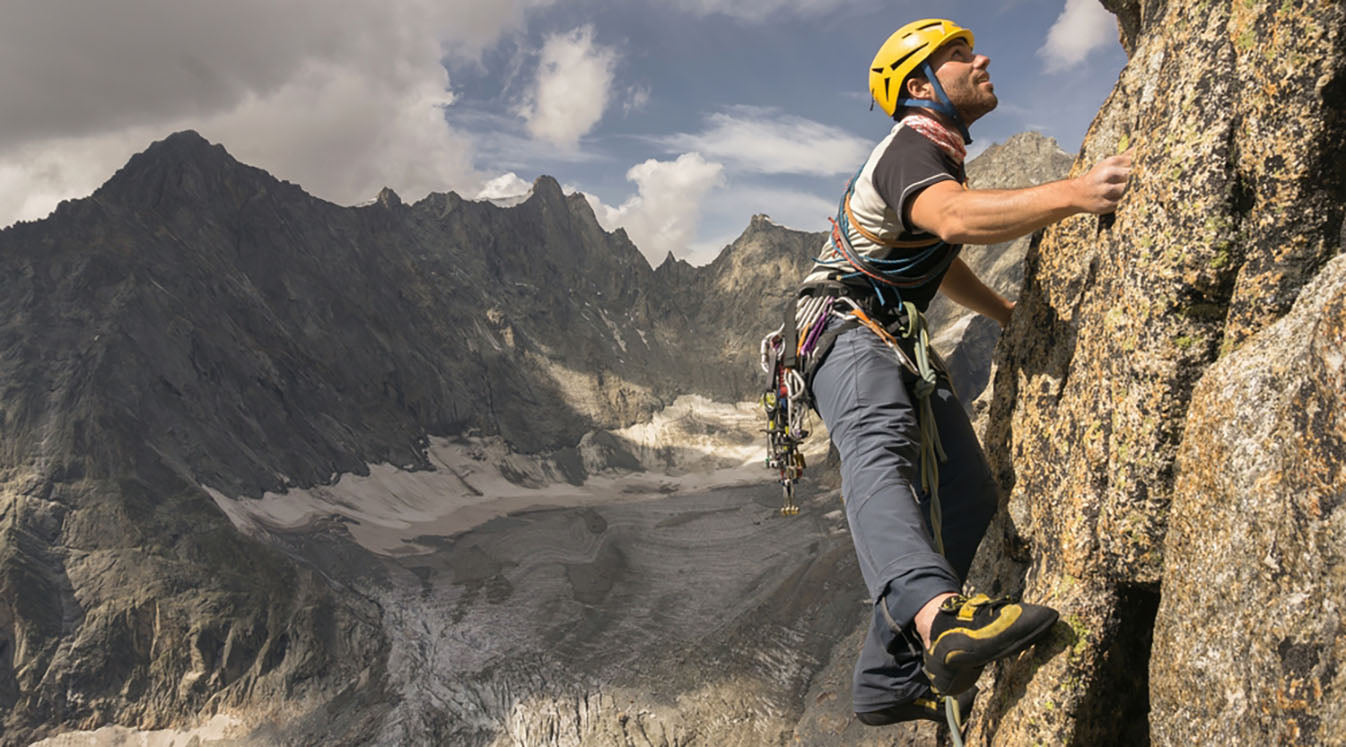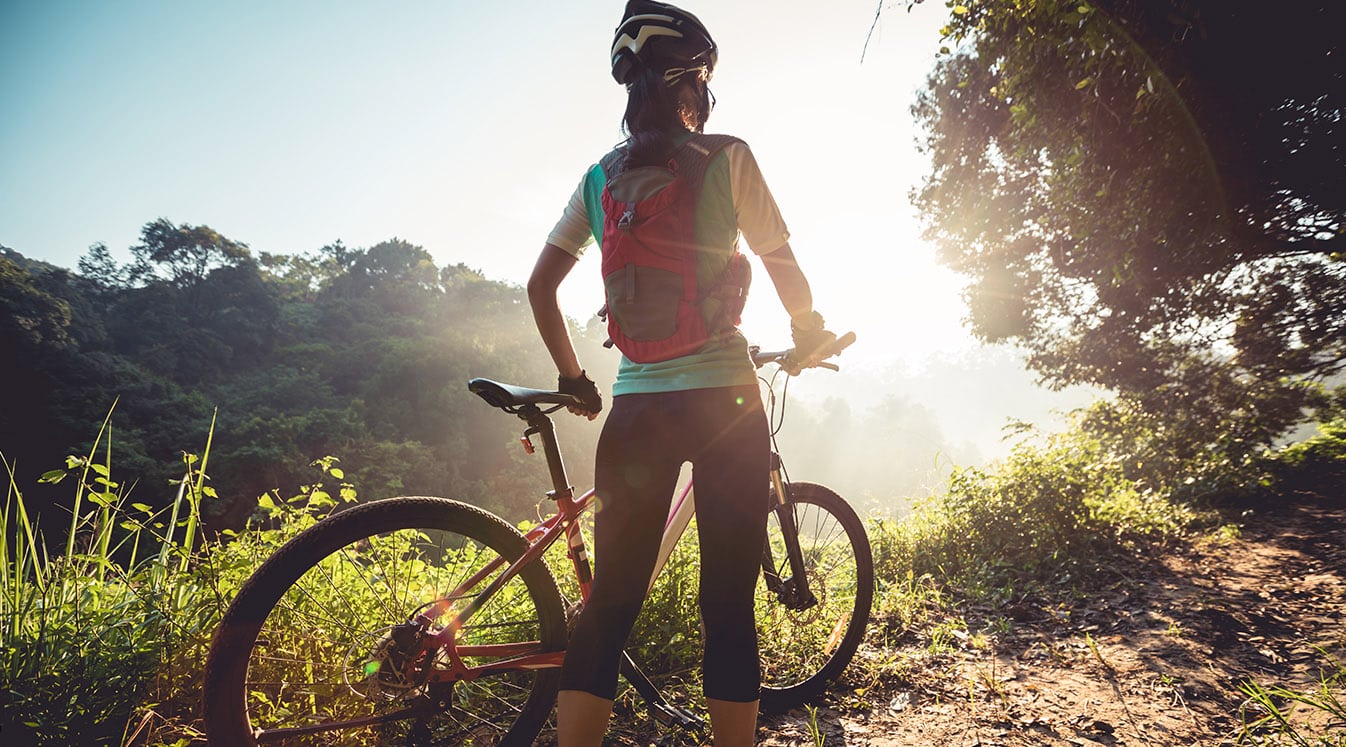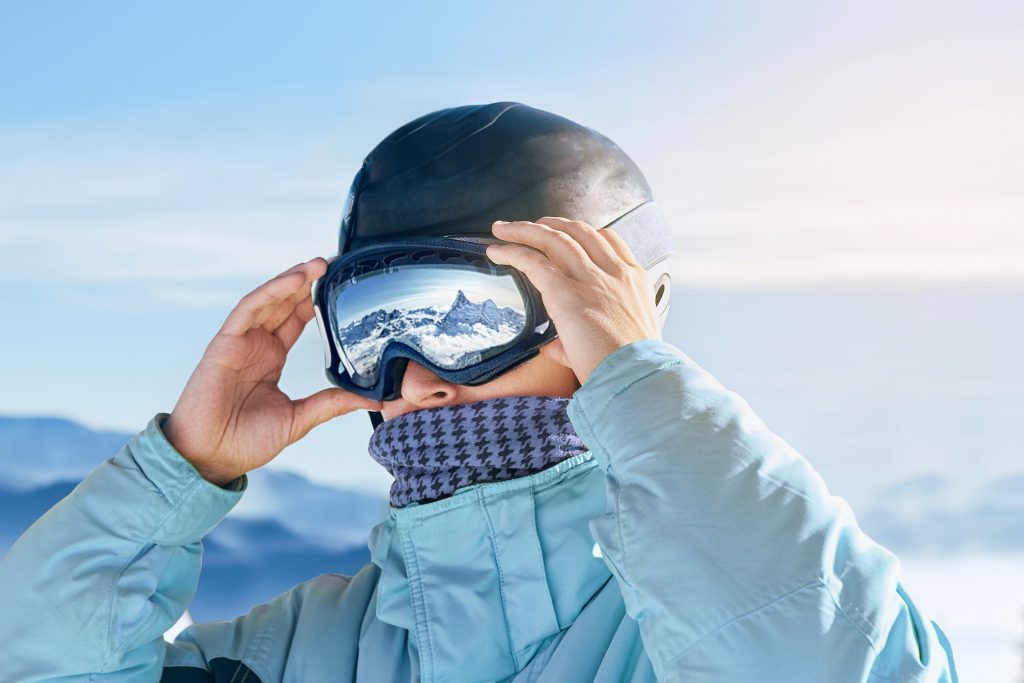Rock climbing may sound pretty straightforward, but there are a lot of different types of climbing, and each one serves a different purpose. There’s traditional “trad” climbing for those who seek adventure and sport climbing for beginners and those who like to compete. So, what are the differences between trad and sport climbing? Use this guide to learn about the nuances that separate these two activities to find the right experience for your unique skillset.
What Is Trad Climbing?
Trad climbing is defined as climbing in natural settings without a defined path or preset anchors. For most people, it is regular old rock climbing. Any time you head out into the wild to climb a mountain using your own anchors, you are trad climbing. This means finding your own anchor points and bolts to avoid falling, which requires additional equipment. You will also need to find your own route up the mountain or to the nearest cliff or ledge. If you are climbing with another person, use the Cardo Packtalk Outdoor to communicate wirelessly during the summit, regardless of your position.
Use the Cardo Packtalk Outdoor to Communicate Hands-Free
What Is Sport Climbing?
Sport climbing is when you climb a preset path using existing anchors and bolts. This activity aims to get to the top as quickly as possible. It is often competitive, with each person being timed. The climbers may also climb side by side and the first one to the top wins. Just strap yourself into the existing anchor and start climbing.
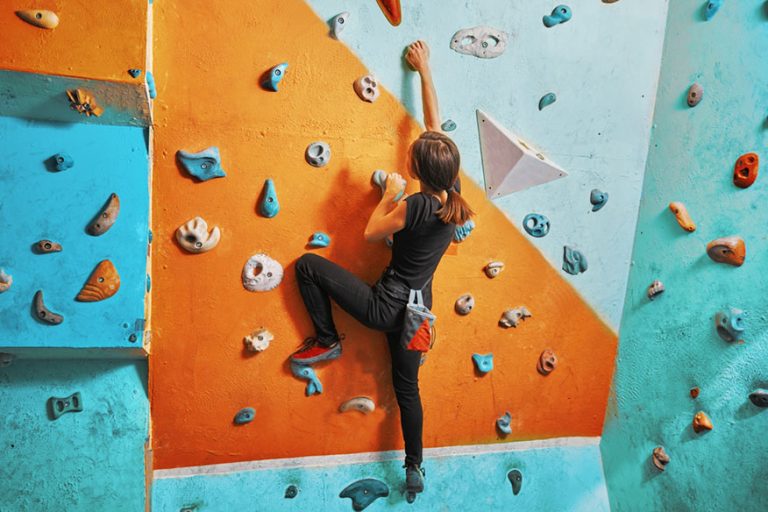 Source: Duet PandG/Shutterstock.com
Source: Duet PandG/Shutterstock.com
What Are the Differences?
Trad climbing is more about enjoying the experience. You are meant to go slow, so you can find your footing and the proper anchor point as you carve out a new path. You will need to know how to use an anchor system by inserting the hook into the rock. Consider laying down a landing mat to reduce your risk of injury. It’s all about using your brain and learning to navigate the natural world.
Trad climbing also requires a lot of equipment, so you will need to carry a pack on your person. You may need to purchase additional gear if you plan on going more than six feet off the ground. The journey tends to be much longer compared to sport climbing, so bring water and snacks to keep your energy up.
On the flip side, you don’t need much to do sport climbing. You can usually rent everything you need at the location, including a helmet, shoes and chalk. Sport climbing is typically done indoors at a climbing gym or along a well-treaded rock face with a clear path and markers to lead the way. The owners or organizers should provide the anchor and straps to help you stay safe.
Best for Beginners
Sport climbing is the best for beginners because you don’t need a lot of equipment or experience to participate. You can find a climbing gym or wall in your area without venturing too far into nature or leaving the city.
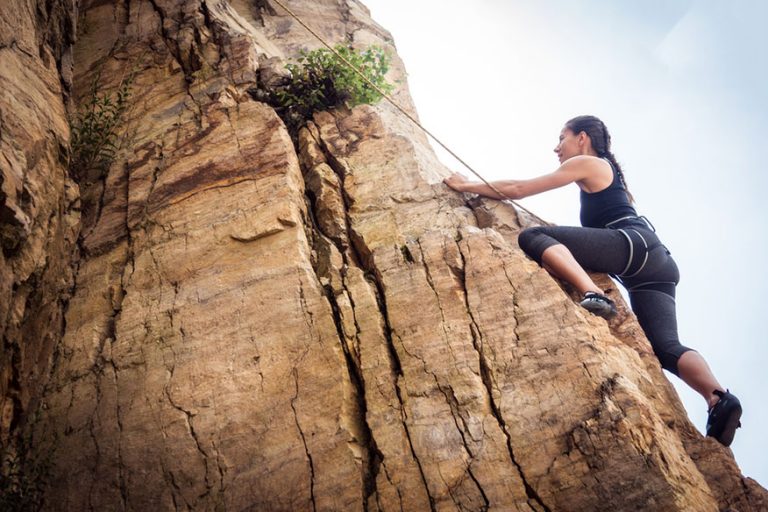 Source: nullplus/Shutterstock.com
Source: nullplus/Shutterstock.com
Best for Long Climbs
Trad climbing is best for those who want to climb for extended periods of time. If you find a tall mountain or cliff face, there’s no stopping you in terms of how high you can go. You can try your hand climbing some of the tallest peaks in the world.
Best for Groups
Trad climbing tends to be best for groups because you can work together as you work your way to the top. The person out front can give the other tips in terms of where to rest your hands and feet based on the terrain. You can also share an anchor so you don’t have to wedge it into the rock yourself.
Best for Exploring
Trad climbing is also the best for exploring because you can climb just about anywhere in the world as long as you have the proper equipment. It will challenge your muscles and brain as you learn how to deal with challenges in real-time.
Trad and sport climbing often mean two very different things. Regardless of what type of climbing you choose, use a wireless headset with quality JBL helmet speakers to communicate hands-free. You can talk to your coach or companion to ensure you get back down safely.



